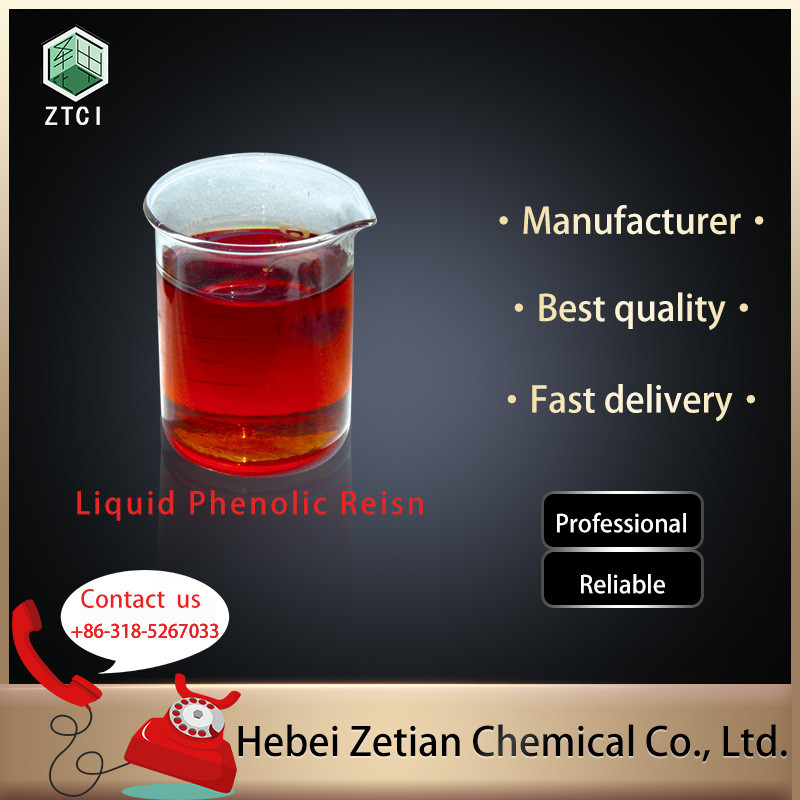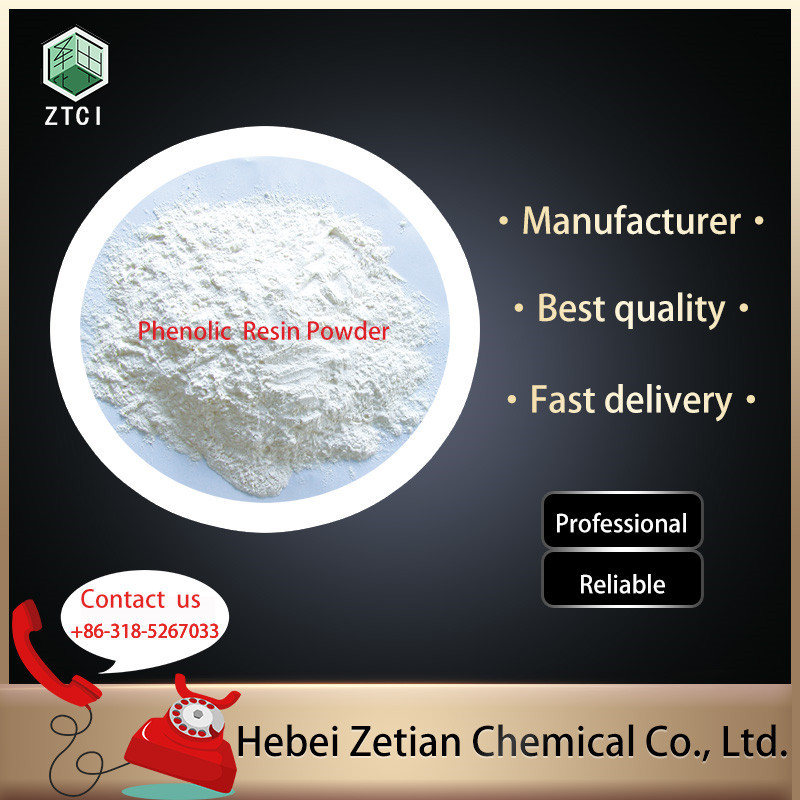Phenolic resin for bonded abrasive materials
Technical data for powder resin
|
Grade |
Appearance |
Free phenol (%) |
pellet flow /125℃(mm) |
cure /150℃(s) |
Granularity |
Application/ Characteristic |
|
2123-1 |
White/light yellow powder |
≤2.5 |
30-45 |
50-70 |
99% under 200 mesh |
General-purpose ultra-thin disc (green, black) |
|
2123-1A |
≤2.5 |
20-30 |
50-70 |
High-strength ultra-thin disc (green) |
||
|
2123-1T |
≤2.5 |
20-30 |
50-70 |
High-strength ultra-thin disc (black) |
||
|
2123-2T |
≤2.5 |
25-35 |
60-80 |
High-strength grinding/cutting wheel (modified) |
||
|
2123-3 |
≤2.5 |
30-40 |
65-90 |
High-strength cutting wheel (durable type) |
||
|
2123-4 |
≤2.5 |
30-40 |
60-80 |
Grinding wheel dedicated (durable type) |
||
|
2123-4M |
≤2.5 |
25-35 |
60-80 |
Special Grinding wheel (sharp type) |
||
|
2123-5 |
≤2.5 |
45-55 |
70-90 |
Grinding wheel fine material dedicated |
||
|
2123W-1 |
White/light yellow flakes |
3-5 |
40-80 |
50-90 |
– |
mesh cloth |
Technical data for liquid resin
|
Grade |
Viscosity /25℃(cp) |
SRY(%) |
Free phenol (%) |
Application/Characteristic |
|
213-2 |
600-1500 |
70-76 |
6-12 |
mesh cloth |
|
2127-1 |
650-2000 |
72-80 |
10-14 |
good wet ability |
|
2127-2 |
600-2000 |
72-76 |
10-15 |
High strenth good wet ability |
|
2127-3 |
600-1200 |
74-78 |
16-18 |
Good anti-attenuation |
Packing and storage
Flake/Powder: 20 kg/bag, 25kg /bag, Resin should be stored in a cool, dry and well ventilated place. The storage life is 4-6 months below 20℃. Its color will become dark with the storage time, which will do no influence on the resin grade.
Friction materials are used in braking systems to slow down wheels or bring them to a stop, as well as preventing movement altogether for other components. Pressing a brake activates a system where a friction material is placed against a moving disc, from this slowing down the connecting wheels. You may use friction materials in a few different ways. Mostly, they work as brakes on cars and other motorized vehicles. To slow or stop a conventional vehicle, friction materials convert kinetic energy into heat. However, to slow hybrid and electrical vehicles, friction materials use regenerative braking, a process during which friction converts kinetic energy into electrical energy.



